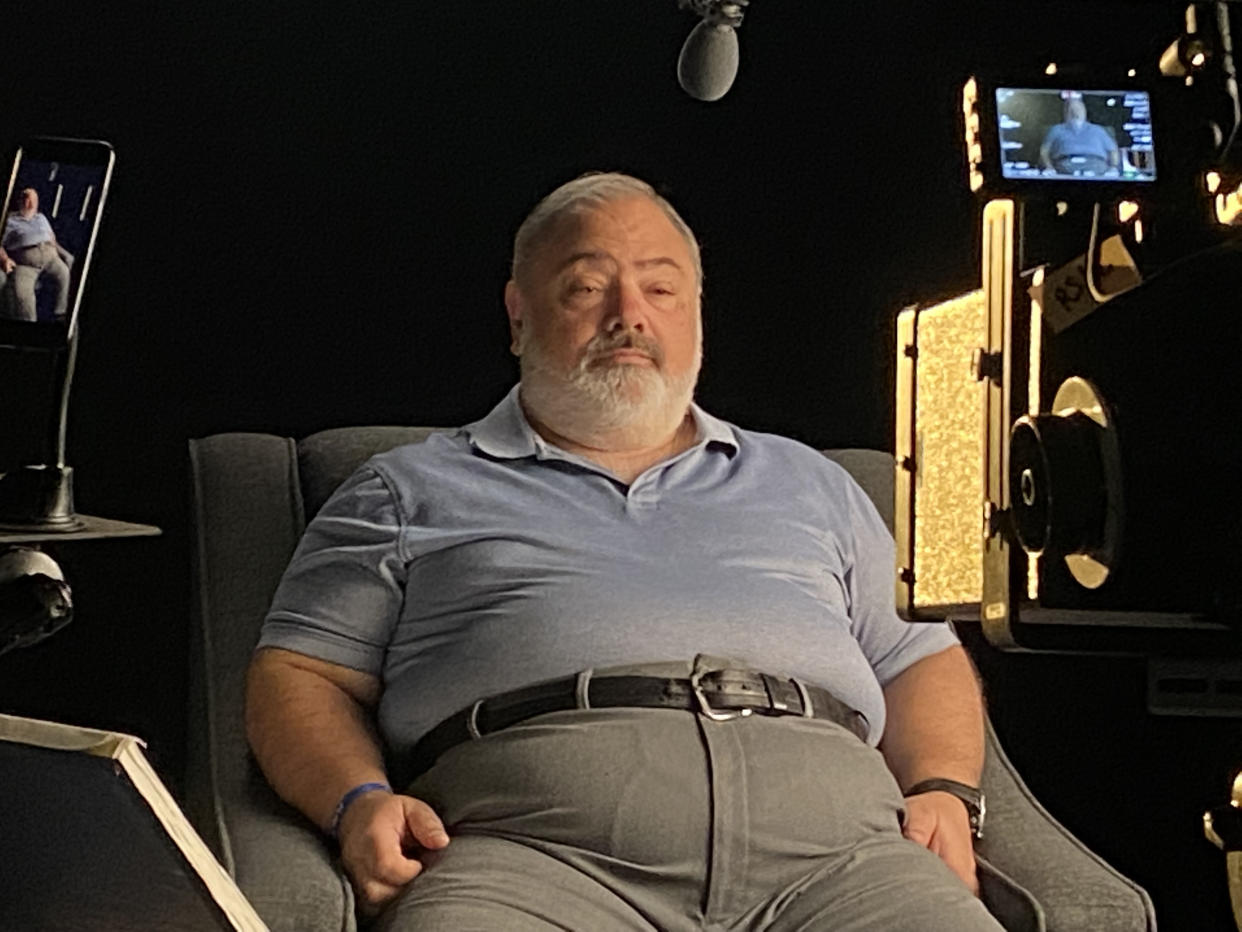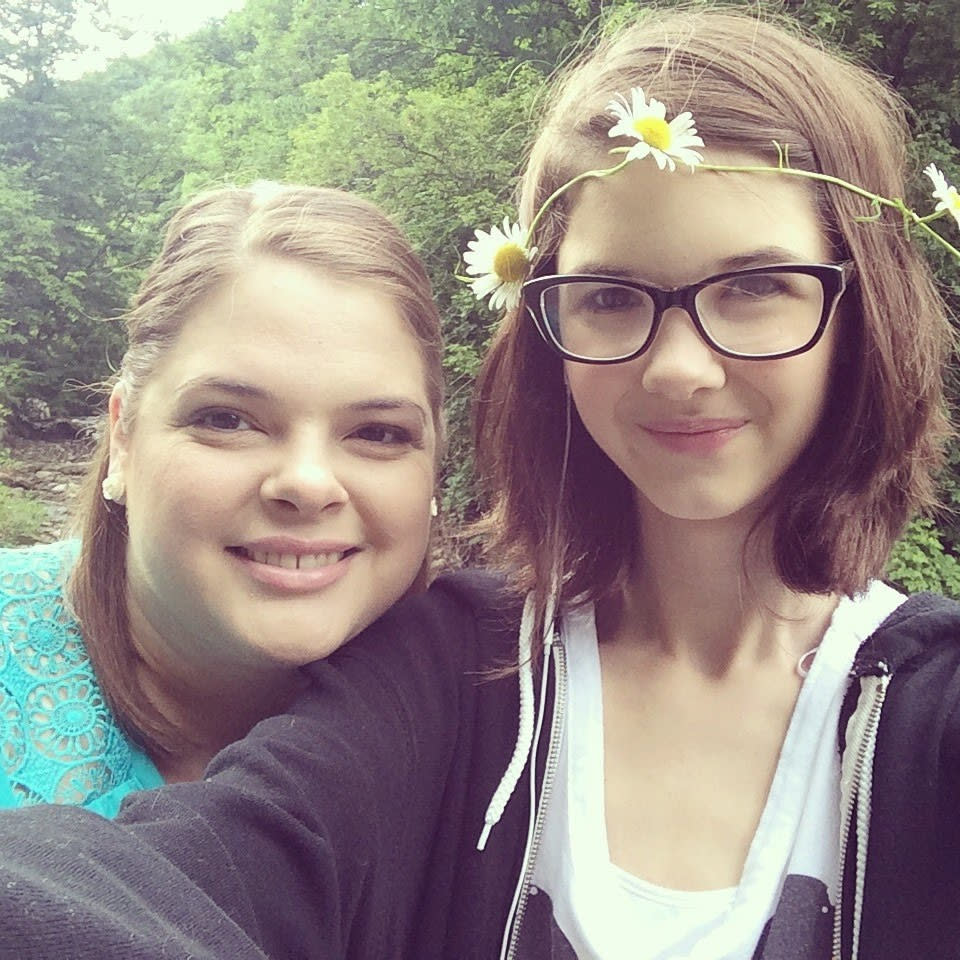The Armie Hammer Doc and Social Media Influenced the Visual Language of ID’s ‘Deadly Influence’

When directors Elli Hakami and Julian P. Hobbs worked on the 2022 docuseries “House of Hammer,” one of the many things that fascinated them was the role social media played in the public unraveling of actor Armie Hammer’s reputation. “We were very intrigued by how social media had a huge influence on that story, and a huge influence on the women who came forward,” Hakami told IndieWire. “So we wanted to explore what other kinds of stories there were to tell in the social media universe.” The result of Hakami and Hobbs’ curiosity is “Deadly Influence: The Social Media Murders,” a new series from Investigation Discovery that takes a wide-ranging look at murders committed in the world of social media — and uses the visual and aural language of social media itself as a filmmaking tool to find new ways of approaching the true crime genre.
“After doing ‘House of Hammer,’ we were intrigued by social media providing primary archive material,” Hobbs told IndieWire. “It’s a really interesting evolution if you think about it. Before, dramatic recreations were done where you put yourself in a scene that was never filmed or recorded. What’s happened with digital media is that people are giving you accounts as things are unfolding, in their own words. People are self-documenting, which is a really powerful tool to utilize when making a documentary.” To that end, Hobbs says that an enormous amount of pre-production time on “Deadly Influence” was spent researching the digital footprints of the players in each story. “That forms the backbone of the script,” he said. “It’s all been laid out before we even do the interviews.”
More from IndieWire
Hulu Leaves No Stone Unturned in Trailer for Sherri Papini Docuseries
Ryan Gosling's Viral Beavis and Butt-Head 'SNL' Sketch Was Originally Pitched for Jonah Hill
The guiding principle in deciding what to include and what not to include from social media was that anything on public profiles was fair game but not material from private accounts. “That’s off limits unless they provide it for us,” Hakami said. In many cases, social media was used by law enforcement to investigate the crimes. “For example, in the story with Stephanie Parze [a woman killed by an abusive ex-boyfriend], yes, she was an influencer, but the real hook was that her digital footprint on her phone was used by investigators to solve the crime because it tracked her movements in her dying days.”
Looking at social media in the same way that the investigators did and in the way that people saw the crimes and subsequent investigations unfolding online led Hakami and Hobbs to one of the most interesting formal aspects of “Deadly Influence,” which is its structure. Though the cases vary in context and type, there’s a consistency to the way the stories unfold; typically, the filmmakers withhold information about not only who the perpetrators are but who the victims and the specific crimes are, until late in each episode. According to Hobbs, that’s a way of letting cinematic storytelling echo the ways in which people consume the information on social media. “The medium is the message,” he said. “It’s really changed how storytelling is occurring in documentaries.

“To some degree, in a classic true crime story, you set up right up top what’s going to happen half an hour later,” Hobbs continued. “You’re going to know there’s a dead body. There it is. OK. And then it’s a procedural. Who killed it and why? Here, because of the present tenseness of social media, the live unfolding of things, of texts and information flowing down, our aesthetic choice was to let you live in the blow-by-blow without foreshadowing what’s going to happen. It’s like the technology is dictating the story arc to be more immediate and less traditional.” That sense of form becoming inextricably interwoven with content extends to the sound design on the show, which is highly expressive and utilizes the sounds of social media — the alerts, the music, the ways in which voices come across on electronic devices — to trigger emotions in the viewer. “Every sound that happens when a post comes up, that’s all been properly thought through,” Hobbs said.
Evoking the visual and sonic qualities of social media also meant a lot of work with a graphics team, as Hakami and Hobbs wanted to place emphasis on certain aspects of online communication while remaining true to the facts. “The words are all 100 percent true to the original archives, but we’re creating a virtual graphic element to punctuate key elements of what’s being communicated,” Hobbs said. To that end, the graphics team worked to draw attention to certain words, but also to recreate the texts and emails in a way that would make them appear how they did when they were first disseminated. “That replication may seem like it’s easy, but it’s actually very challenging,” Hakami said. “The graphics shouldn’t feel like they’re in a new environment. They should feel like they’re in the environment that the social media existed in when it first appeared.”
Developing the ideas that were introduced in “House of Hammer” related to social media and filmmaking has only made Hakami and Hobbs more excited about exploring them further, something Hobbs suspects other documentarians will be doing as well. “I think you’re going to see more and more people utilizing virtual digital materials in their films,” he said. “I mean, we’re not the only people doing it, but we’ve just caught on to this wave and it’s going to open up different doors to both narrative structures and visual structures. It’s almost like a whole new set of ingredients have come into the mix, and it’s interesting to play with that and to push the envelope a little bit.”
“Deadly Influence: The Social Media Murders” is currently airing on Investigation Discovery and streaming on Max.
Best of IndieWire
Unsimulated Sex Scenes in Film: 'Nymphomaniac,' 'The Brown Bunny,' 'Little Ashes,' and More
Every Palme d'Or Winner from the Cannes Film Festival, Ranked
The 13 Best Thrillers Streaming on Netflix in May, from 'Fair Play' to 'Emily the Criminal'
Sign up for Indiewire's Newsletter. For the latest news, follow us on Facebook, Twitter, and Instagram.


